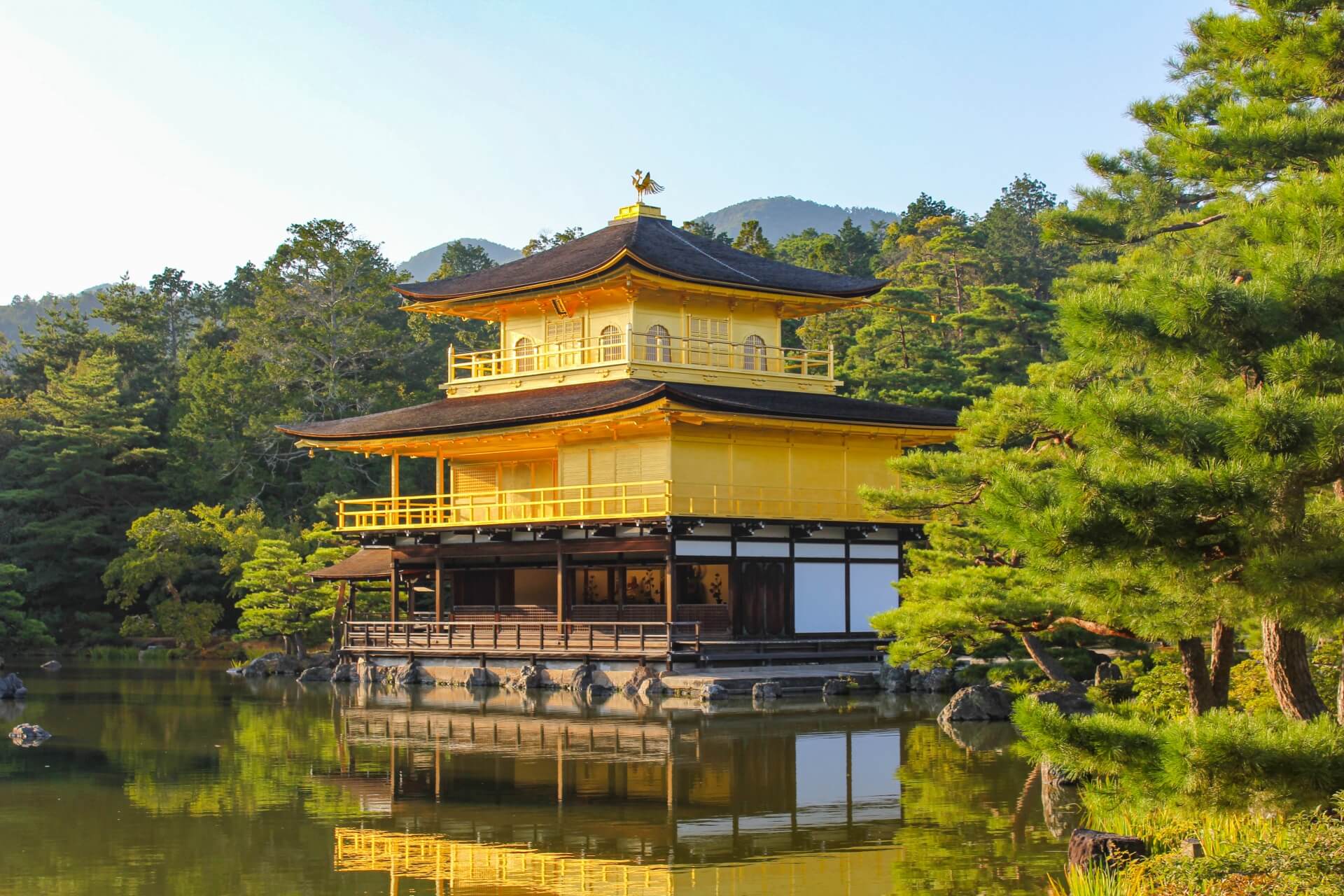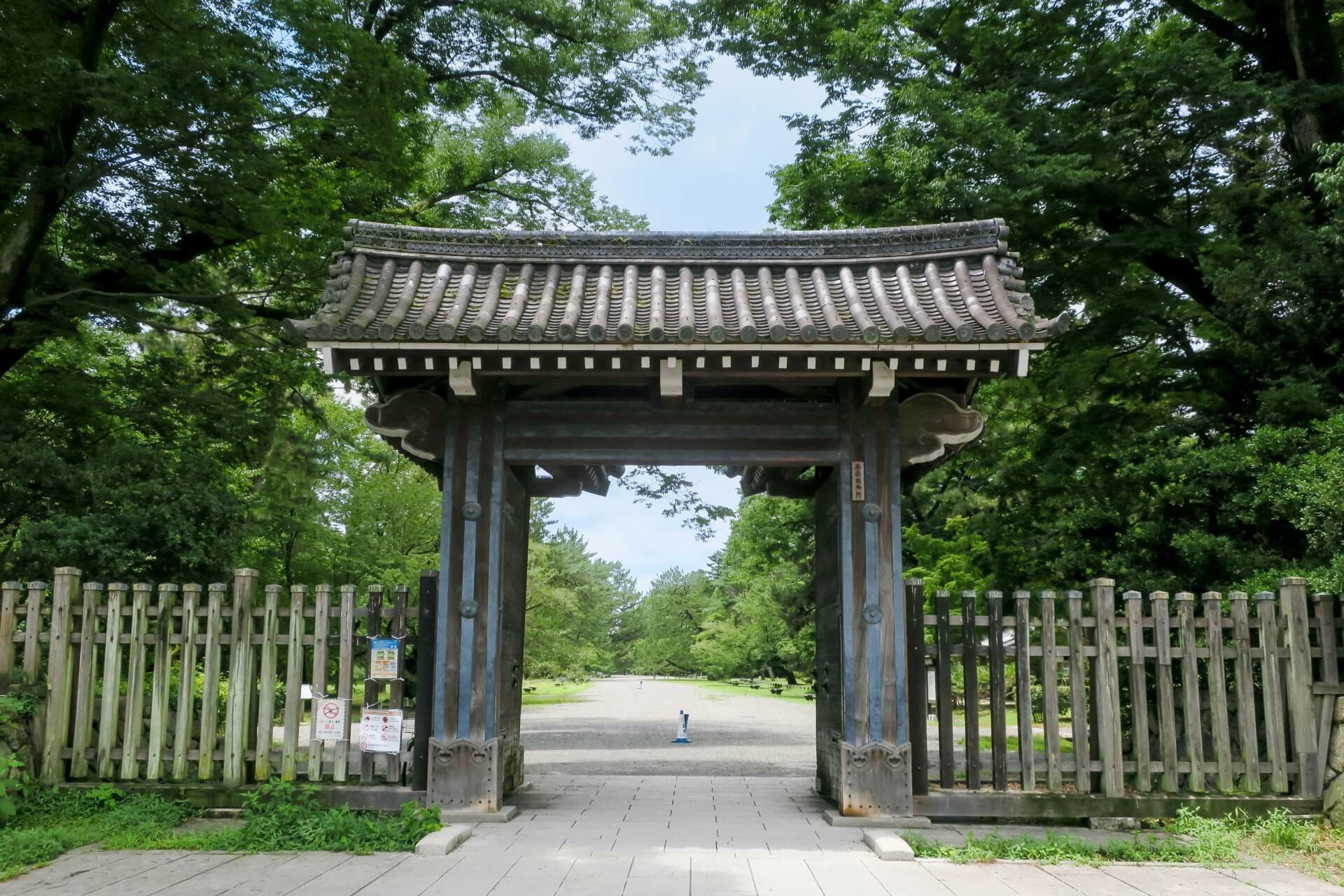OPEN CATEGORY
Sanjusangendo
Most commonly referred to as ‘Sanjusangendo’, the properly named Rengeo-in is the longest wooden structure and second largest temple in Japan. Founded by the cloistered Emperor Go-Shirakawa in 11...Fushimi Inari Taisha
Fushimi Inari Taisha or ‘Fushimi Inari Shrine’ is one of Kyoto’s most popular and photographed destinations due to the thousands of ‘torii’ gates that lead from the shrine into the mountains. The...Kinkaku-ji
Officially named ‘Rokuon-ji’, ‘Kinkaku-ji’ or the ‘Temple of the Golden Pavilion’ is one of the seventeen sites making-up Kyoto’s World Heritage-listing and perhaps the most recognisable attracti...Nijo Castle
Built in 17th century as the Kyoto residence of the famous shogun Tokugawa Ieyasu, Nijo Castle is an expansive historic precinct in the heart of Kyoto. A registered World Heritage site, Nijo incl...Kyoto Imperial Palace
Situated within Kyoto Imperial Park, the Imperial Palace was the main residence of the Imperial Family until it was relocated to Tokyo in 1868. The precinct is defined by grand structures and exp...Kyoto National Museum
Located across from Sanjusangendo, Kyoto National Museum is one of Japan’s most distinguished institutions. Established in 1897, the museum displays are wide variety of collections and artifacts ...Arashiyama Sagano Bamboo Grove
The Arashiyama district lies to the west of the central Kyoto but despite its distance from the centre of the city, boasts some of its most popular attractions including the Sagano Bamboo Grove. ...Togetsukyo Bridge
Lying to the west – approximately 20 to 30-minutes from Kyoto Station by train or bus – Arashiyama attracts plenty of visitors, especially in spring and autumn when it is blessed with some of Kyo...














